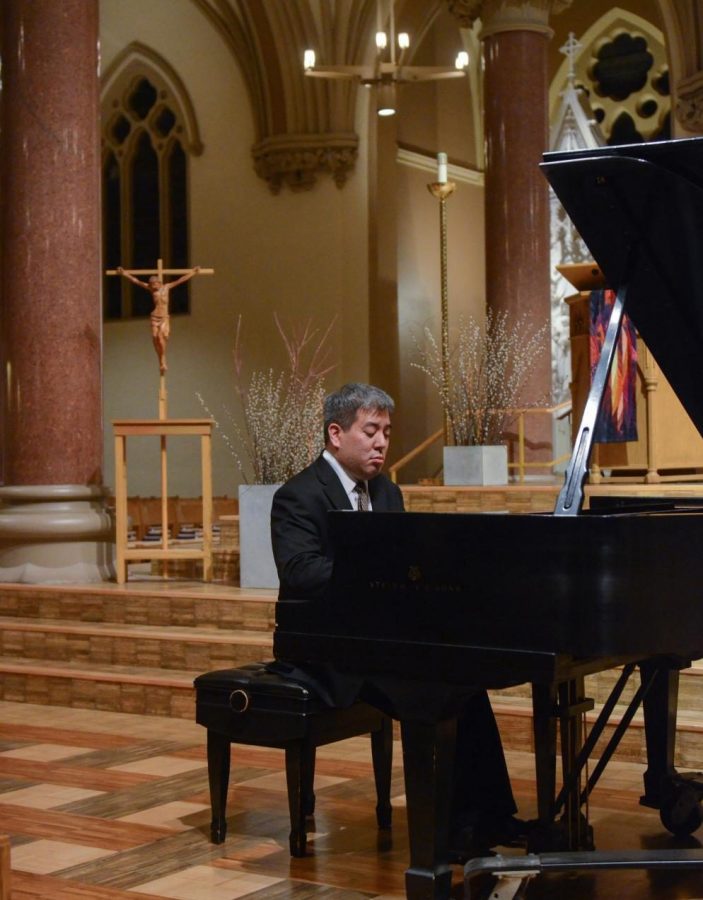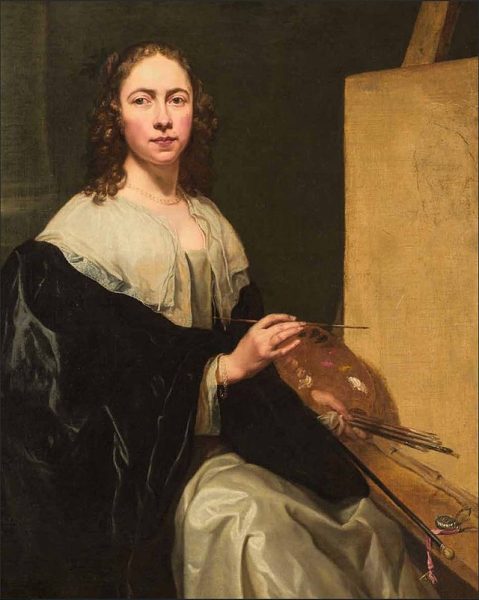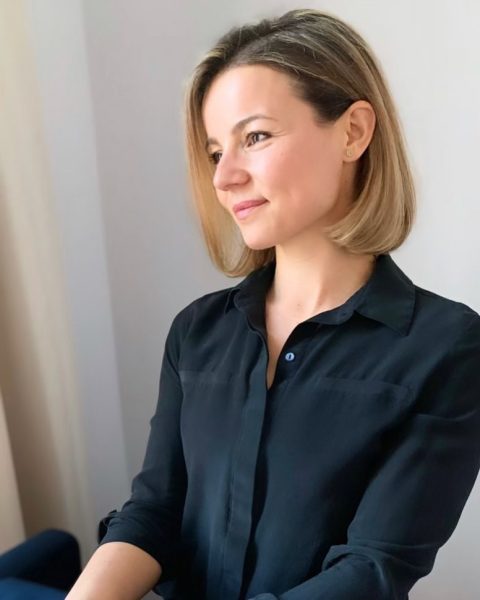A Recital in C Minor: Reflections on Peter Miyamoto’s Performance
The warm light and quietness invited those into the Friday night piano recital out of the stormy night in St. Louis. The architecture of Saint Xavier College Church as a backdrop to the black grand piano made for an incredible vision. Dr. Peter Miyamoto, a professor of piano at the University of Missouri, performed a three-part recital on Friday, Feb. 23 here at SLU.
The theme of the recital centered around C Minor, a romantic and classical chord, on the piano. Miyamoto revealed that this concert was a preview to his upcoming CD that will be composed entirely of traditional pieces in C Minor. Attendee Joseph Marcus, reflected that the program was “thematically well chosen and a very deep program in an intimate venue.”
As Miyamoto approached the instrument, it was obvious he was gracious and focused on the upcoming set. He began with a dark sound, reverberating beautifully, which caught in the tall ceilings, despite the somewhat muddling acoustics of the church. The first piece, “Fantasy in C Minor,” by Wolfgang Amadeus Mozart, contrasted light touches with very brilliant, fantastic sounds. The driving beat throughout the piece connected the contrasting dynamics. During the performance, Miyamoto was so involved in his art that he played with his eyes closed at times. The second piece, “Sonata in C Minor,” also composed by Mozart once again illustrated his overwhelming passion and interpretation of the music. A satisfying symmetry, from beginning to end of the Sonata, ended the first portion of the recital. SLU first-year Marie Downey explained, “You could tell how into the music he was, always moving, feeling the sounds, especially throughout the last movement.” The expressions on Miyamoto’s face conveyed his deep connection to each of the works, ranging from peace and contentment to conflict and sorrow.
Upon completing the first half of his program, Miyamoto graciously bowed for the applauding crowd and began to walk away. However, after a few steps from the piano, he returned to the audience, bowing again with a soft smile across his face. The intermission allowed time for the audience members to converse and reflect upon the inspiring mix of visual and auditory stimuli pervading their eyes.
When Miyamoto returned following the intermission, the audience immediately silenced at the sound of his footsteps. “Sonata in C Minor” by Franz Schubert was his third selection. Each note was articulated with an alluring juxtaposition between the low, deep sounds and the melodic soft tones. The Schubert piece provided a quiet introspection, brimming with a colorful blend of notes and rhythms, into the overarching theme of the recital. The rest of the piece was a consistent balance between quiet tranquility and unease. Each section opposing one another enhanced the next in even more vibrancy. The Sonata ended on a fearless pair of chords, left echoing around college church.
The performance was followed by a Q&A session with Peter Miyamoto. He shared insight into his program with the audience, describing the chord C Minor as “bridging classic into romantic overtones,” after jokingly apologizing for only playing C Minor. Leaning on the piano, he reminisced on his time in London learning under Maria Curcio. As a broke student, Curcio allowed Miyamoto to live in her house while he took lessons with her. With his bedroom next to the piano room, he recounts how Diamand would knock on his door if he was playing something incorrectly. Smiling, he recalls, “Every time I touched a piano, it was very conscious work.”
When an audience member asked about performing in a venue as beautiful as College Church, he replied, “I was very visually inspired the minute I walked into the church.” Miyamoto’s graceful presence and musical talent highlighted the passion and intent throughout his performance.
Your donation will support the student journalists of Saint Louis University. Your contribution will help us cover our annual website hosting costs.











